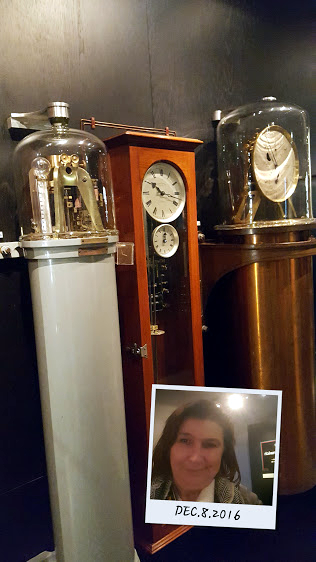The Royal Observatory, Greenwich is an observatory situated on a hill in Greenwich Park, overlooking the River Thames. It played a major role in the history of astronomy and navigation, and is best known as the location of the prime meridian.
The observatory was commissioned in 1675 by King Charles II, with the foundation stone being laid on 10 August. The site was chosen by Sir Christopher Wren. At that time the king also created the position of Astronomer Royal,
to serve as the director of the observatory and to "apply himself with
the most exact care and diligence to the rectifying of the tables of the
motions of the heavens, and the places of the fixed stars, so as to
find out the so much desired longitude of places for the perfecting of
the art of navigation." He appointed John Flamsteed as the first Astronomer Royal. The building was completed in the summer of 1676. The building was often called "Flamsteed House", in reference to its first occupant.
The scientific work of the observatory was relocated elsewhere in
stages in the first half of the 20th century, and the Greenwich site is
now maintained as a museum.
By 1700, skilled seamen could find their
position north or south (their latitude), but still lacked accurate
instruments or methods to calculate their east-west position, known as
longitude.
With growing international trade, the lives and valuable cargoes lost
in shipwrecks made solving this problem of longitude urgent for all
sea-going nations.
John Harrison's H4 is the most important
timekeeper ever made. It is the machine that helped solve the problem of
keeping accurate time at sea and finally won Harrison huge rewards from
the Board of Longitude and the British Government. H4's high-energy
watch balance was less affected by the movement of a ship and was the
design breakthrough that Harrison needed. He believed his fourth
timekeeper was the most perfect and beautiful machine ever constructed.
H4's predecessors H1, H2 and H3 are all also on display in Time and
Longitude.



































No comments:
Post a Comment